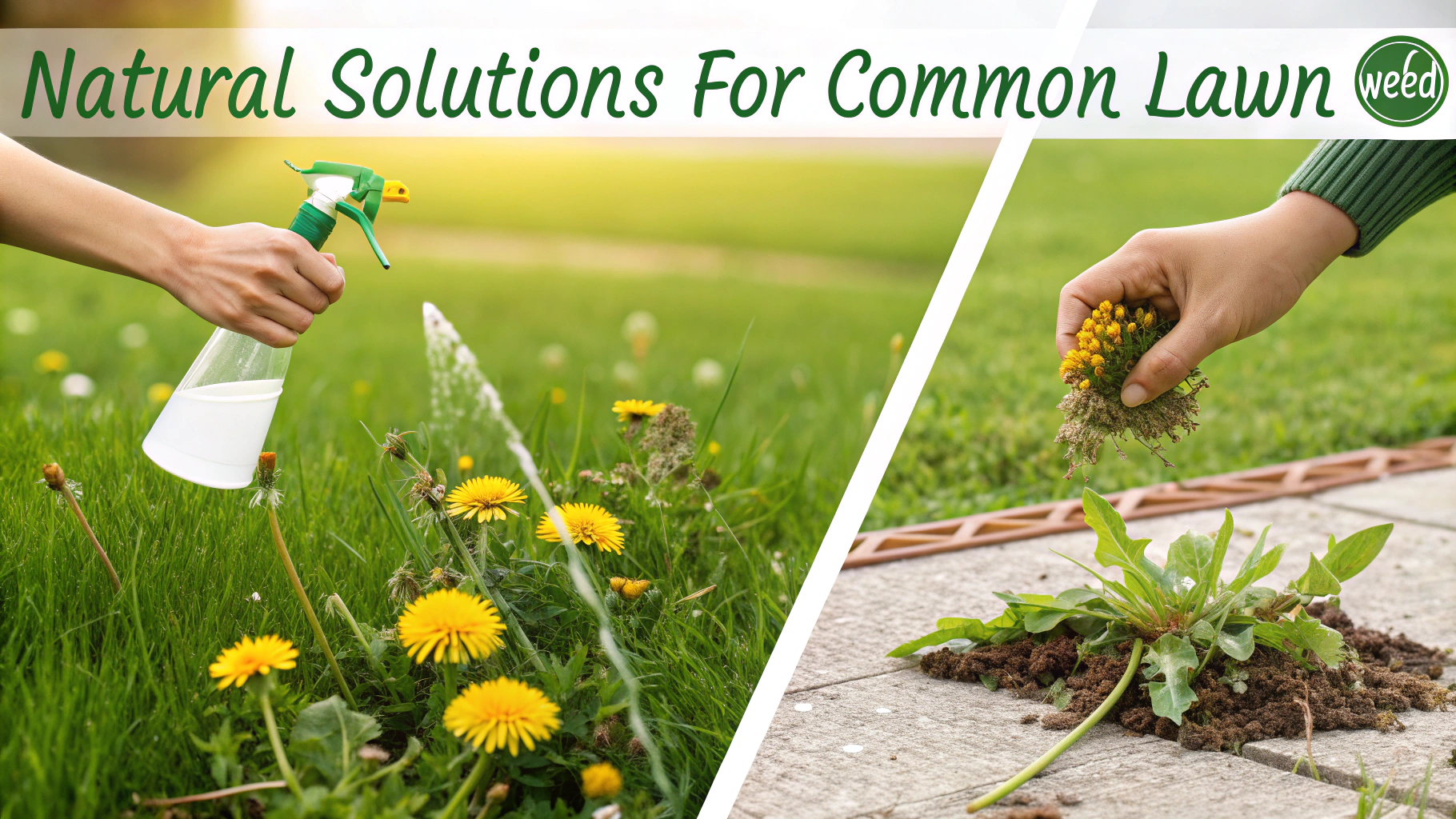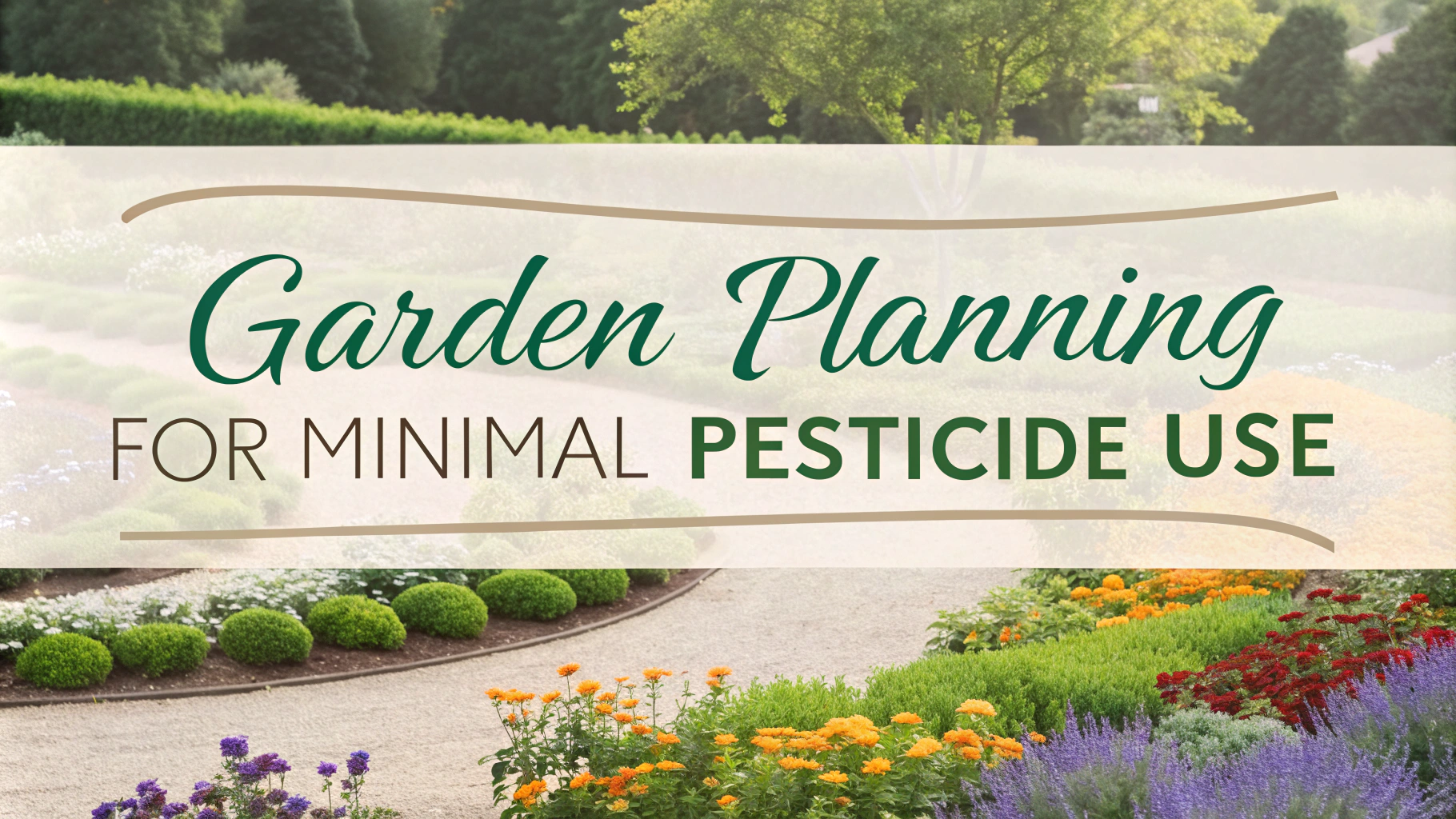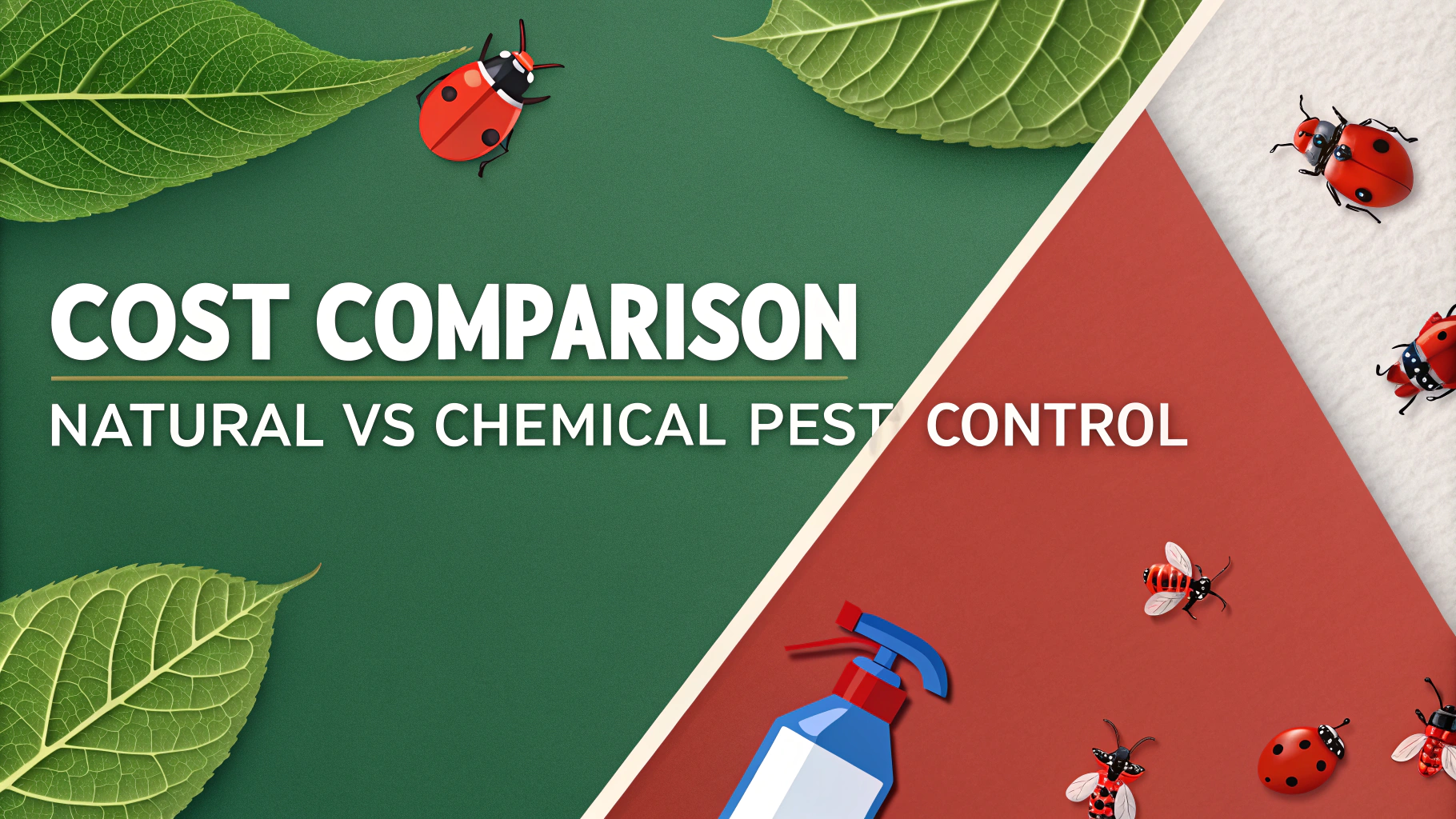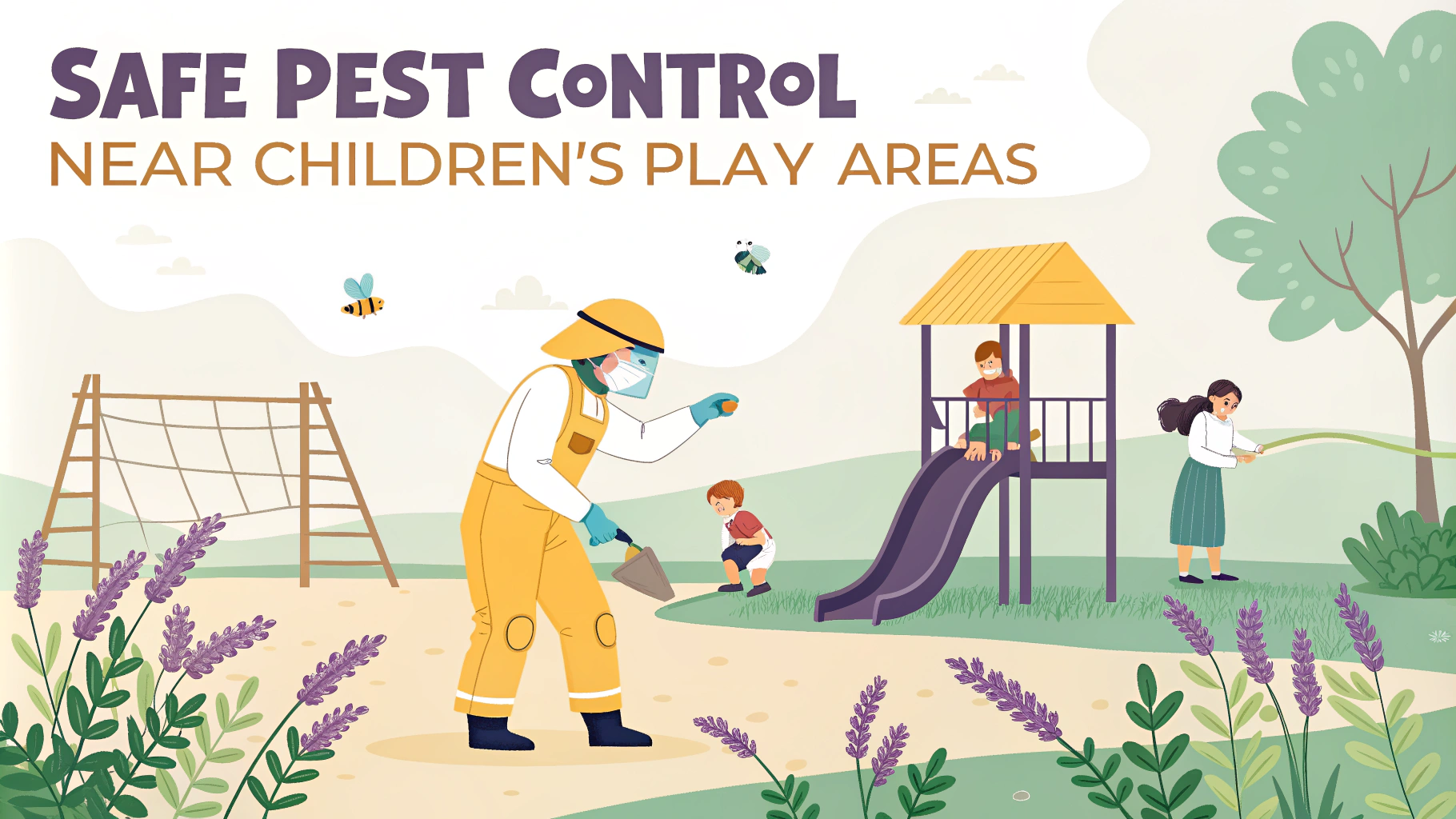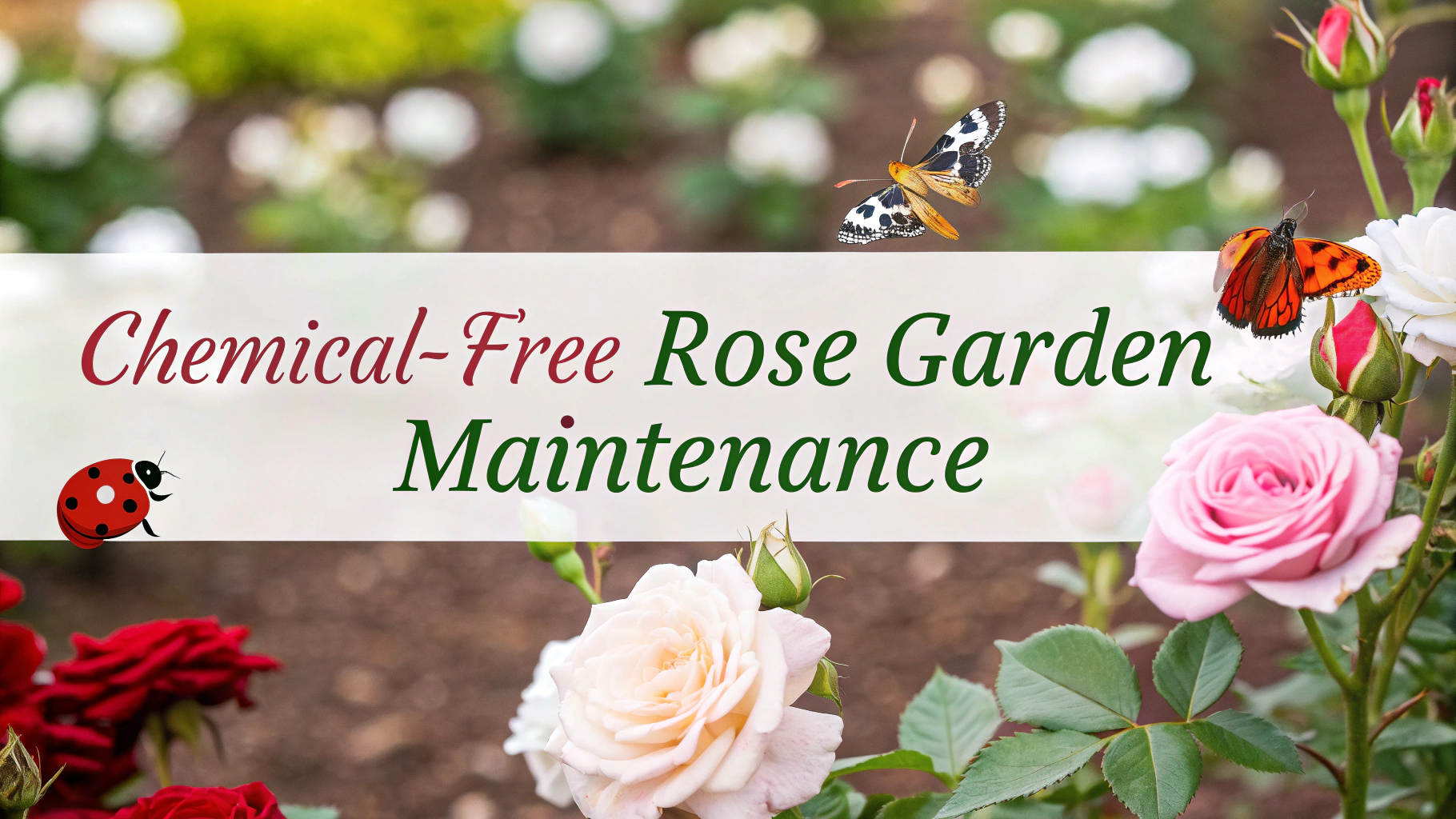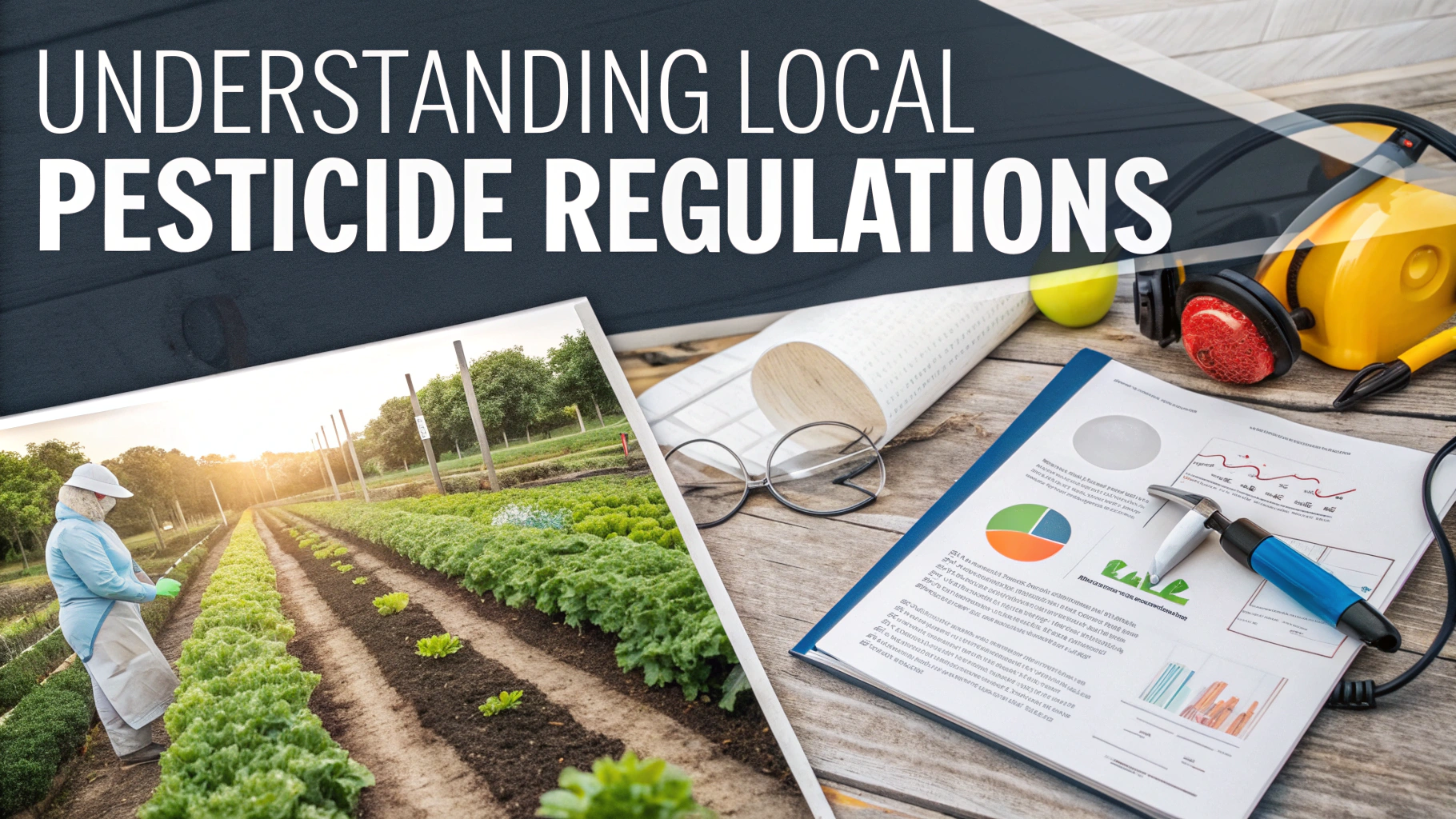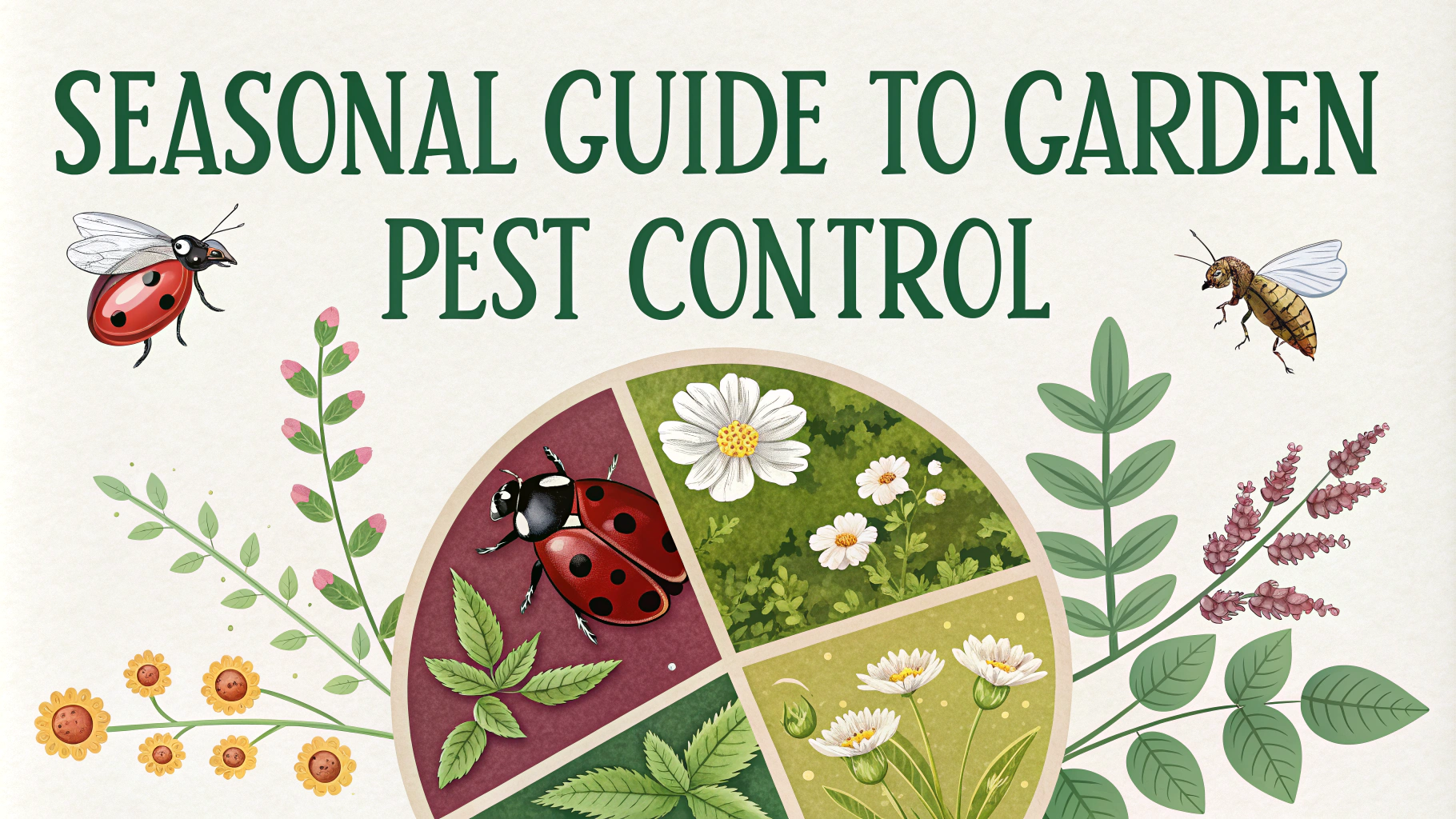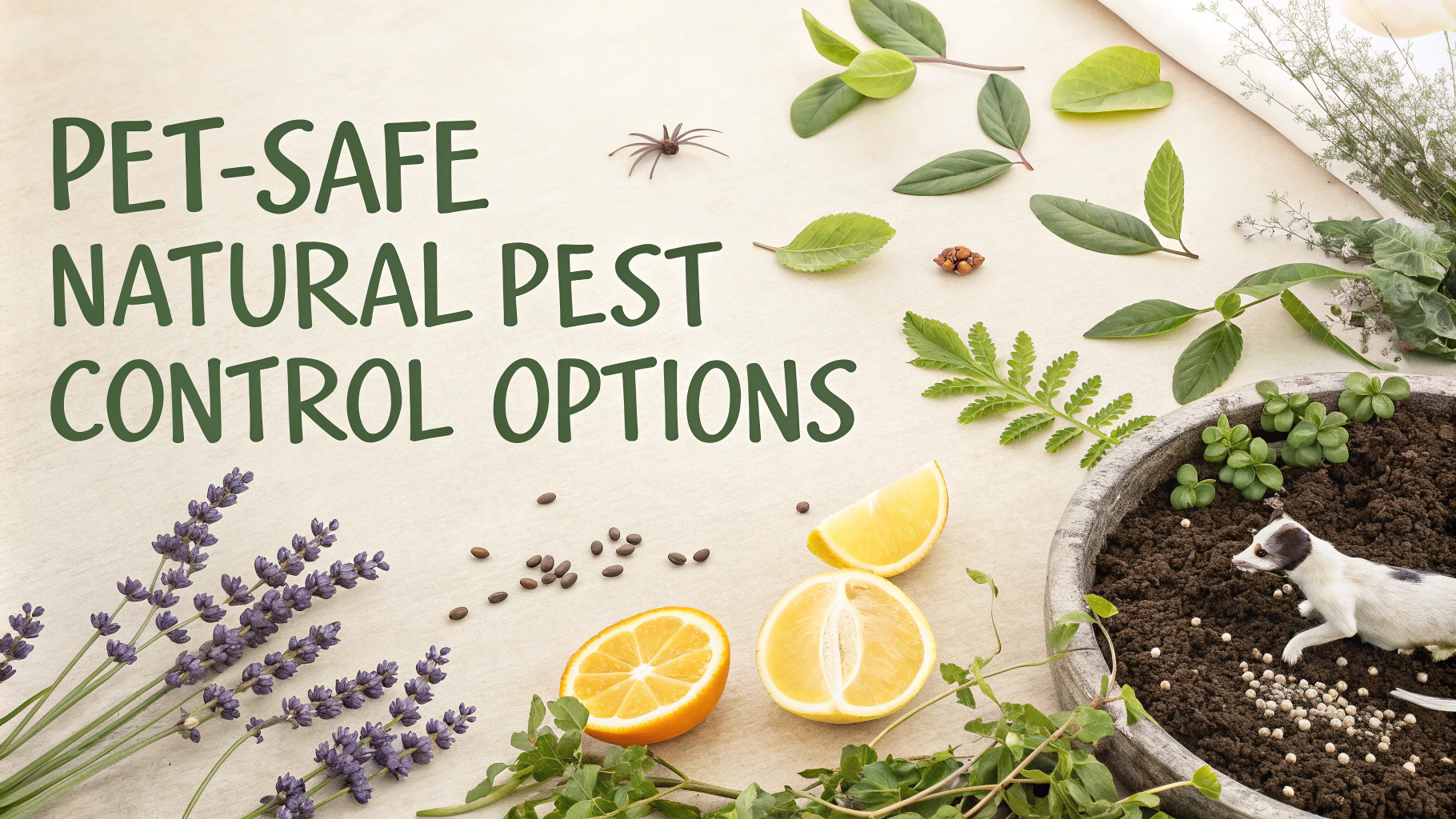Growing herbs indoors brings the garden’s freshness to your kitchen, but pest control requires careful consideration to keep your plants and family safe.
Natural pest prevention starts with proper plant care – healthy herbs naturally resist most common pests.
Prevention First
- Maintain good air circulation between plants
- Water at soil level to keep leaves dry
- Check new plants thoroughly before bringing them inside
- Clean growing areas regularly
- Remove dead leaves and debris promptly
Common Indoor Herb Pests
| Pest | Signs | Natural Control Methods |
|---|---|---|
| Aphids | Sticky residue, curled leaves | Spray with diluted soap solution |
| Spider Mites | Fine webbing, yellow spots | Increase humidity, neem oil |
| Fungus Gnats | Small flying insects | Let soil dry between waterings |
| Whiteflies | White moths, yellow leaves | Yellow sticky traps |
Safe Control Methods
Mix 1 tablespoon of mild liquid soap with 1 quart of water for an effective spray that’s safe for herbs.
Neem oil provides natural pest control but should be diluted properly – mix 2 teaspoons per quart of water.
Physical Controls
- Hand-pick larger pests
- Use sticky traps for flying insects
- Prune heavily infested parts
- Wipe leaves with damp cloth
Companion Planting for Pest Control
Plant pest-repelling herbs like basil near more susceptible varieties.
Natural Pest-Repelling Combinations:
- Rosemary near sage
- Basil with parsley
- Thyme near mint
Emergency Measures
If natural methods fail, consider EPA-approved organic pesticides specifically labeled for herb gardens.
Warning Signs to Watch
- Sudden leaf drop
- Discolored or spotted leaves
- Stunted growth
- Visible pest activity
Contact your local extension office (find yours at Land-Grant University Directory) for specific guidance on persistent pest problems.
Organic Soil Amendments
Adding beneficial soil amendments can strengthen plants’ natural defenses against pests.
- Compost tea for micronutrients
- Worm castings for soil health
- Diatomaceous earth as natural barrier
Regular Monitoring
Inspect plants weekly for early detection of pest problems. Focus on leaf undersides and stem joints where pests often gather.
Inspection Checklist:
- Check leaf color and texture
- Examine new growth
- Look for signs of feeding damage
- Monitor soil moisture levels
Seasonal Considerations
Pest pressures often increase during seasonal transitions. Adjust care routines accordingly:
- Reduce watering in winter
- Increase ventilation in summer
- Clean windows to optimize light
Conclusion
Successful indoor herb pest control relies on prevention, vigilant monitoring, and prompt action using safe, natural methods. Maintain plant health through proper care practices and address issues early for the best results.
Remember that some pest presence is normal – aim for management rather than elimination to maintain a healthy indoor ecosystem.
FAQs
- How can I naturally control pests on my indoor herbs without using chemical pesticides?
Use a mixture of neem oil and water as a spray, introduce beneficial insects like ladybugs, or apply insecticidal soaps. You can also use sticky traps and prune affected leaves regularly. - What are the most common pests that affect indoor herb gardens?
Spider mites, aphids, whiteflies, fungus gnats, and thrips are the most prevalent pests affecting indoor herbs. They’re attracted to warm, humid environments and tender plant growth. - How often should I inspect my indoor herbs for pest problems?
Inspect your herbs at least once per week by checking both sides of leaves, stems, and soil surface. Early detection prevents major infestations and makes control measures more effective. - Can I use companion planting for pest control with indoor herbs?
Yes, certain herbs naturally repel pests. Plant basil near other herbs to deter flies and mosquitoes, or grow lavender and rosemary to repel moths and other flying insects. - What preventive measures can I take to avoid pest infestations?
Maintain good air circulation, avoid overwatering, clean leaves regularly, quarantine new plants, and maintain proper spacing between plants to prevent pest problems. - Is diatomaceous earth safe to use around indoor herbs?
Yes, food-grade diatomaceous earth is safe for indoor herb pest control. Apply it to soil surface and around containers to control crawling insects and protect against fungus gnats. - How do I treat fungus gnats in my indoor herb garden?
Allow soil to dry between waterings, use yellow sticky traps, apply food-grade diatomaceous earth to soil surface, and consider using beneficial nematodes for persistent problems. - Are there homemade sprays I can use safely on my indoor herbs?
Mix 2 teaspoons of mild liquid soap with 1 quart of water, or combine water with garlic or hot pepper solution. Always test on a small area first to ensure plant safety. - When should I consider replacing infected herbs instead of treating them?
Replace herbs if they show severe pest damage affecting more than 50% of the plant, have stunted growth, or if multiple treatment attempts have failed to control the infestation. - How can I safely remove spider mites from my indoor herbs?
Isolate affected plants, spray leaves with water to dislodge mites, apply neem oil solution, and increase humidity. Prune heavily infested portions and maintain regular cleaning practices.

